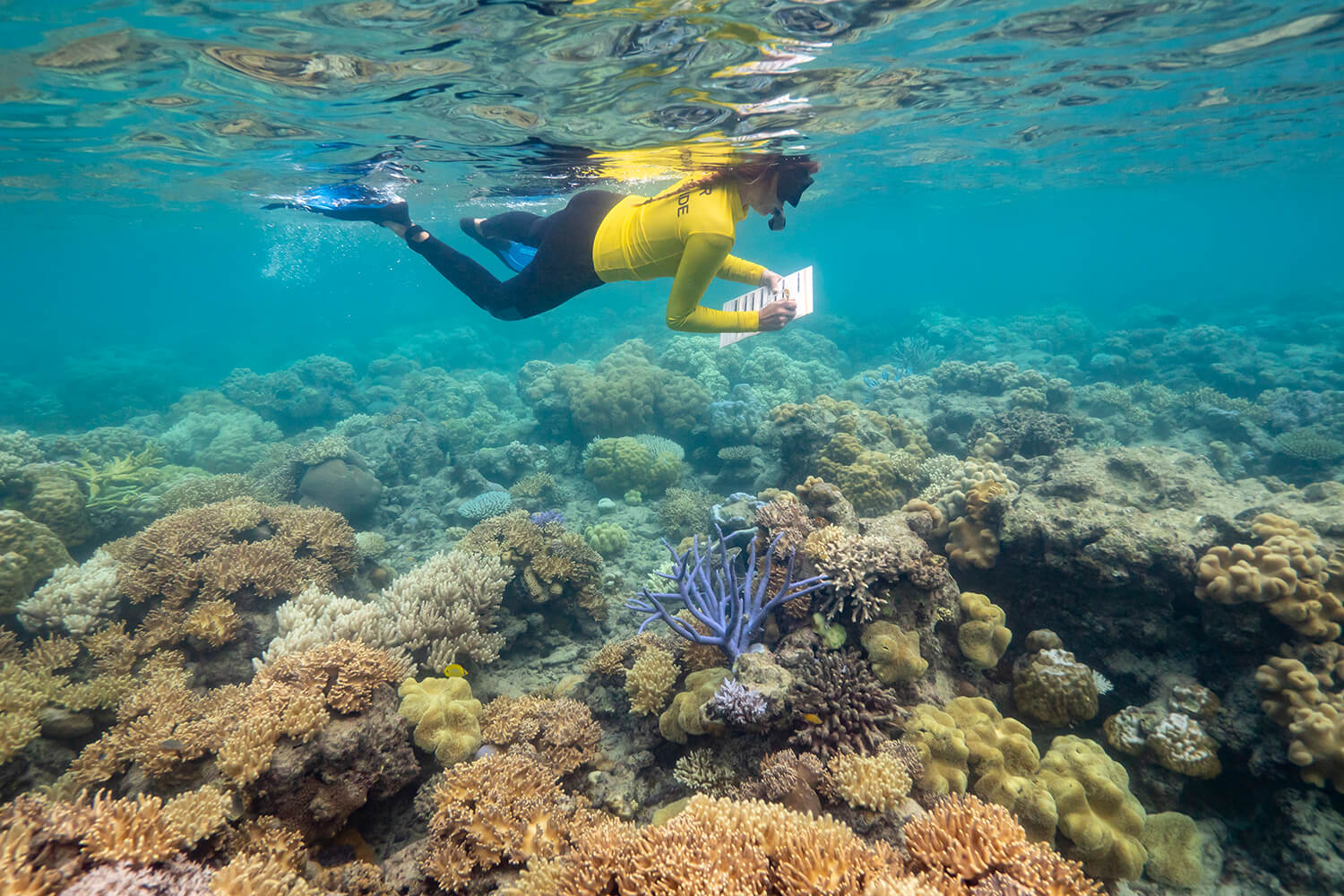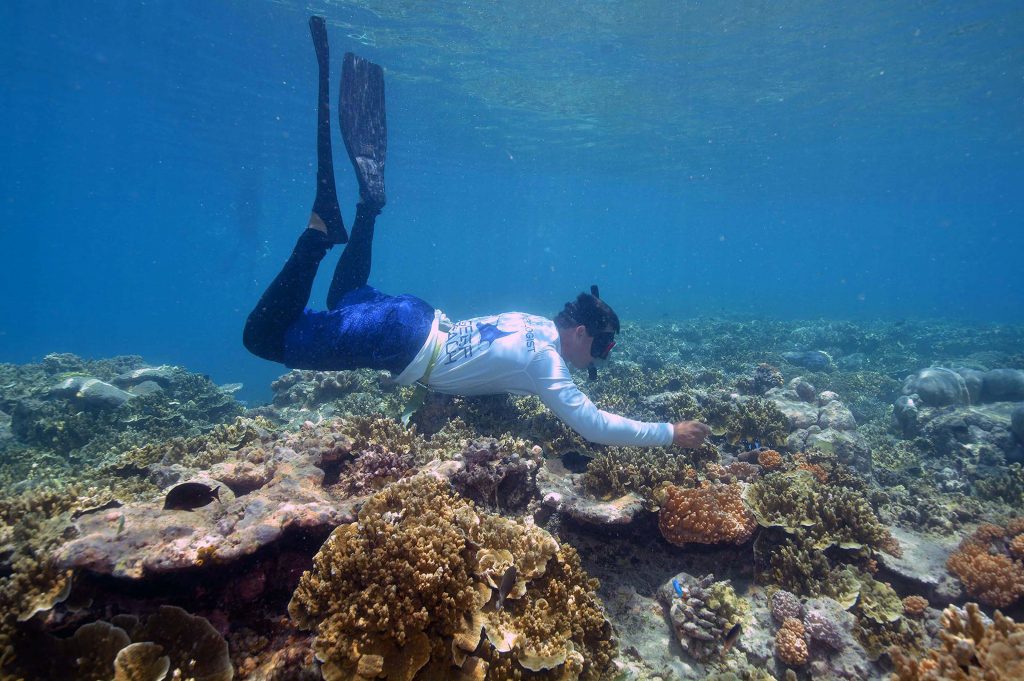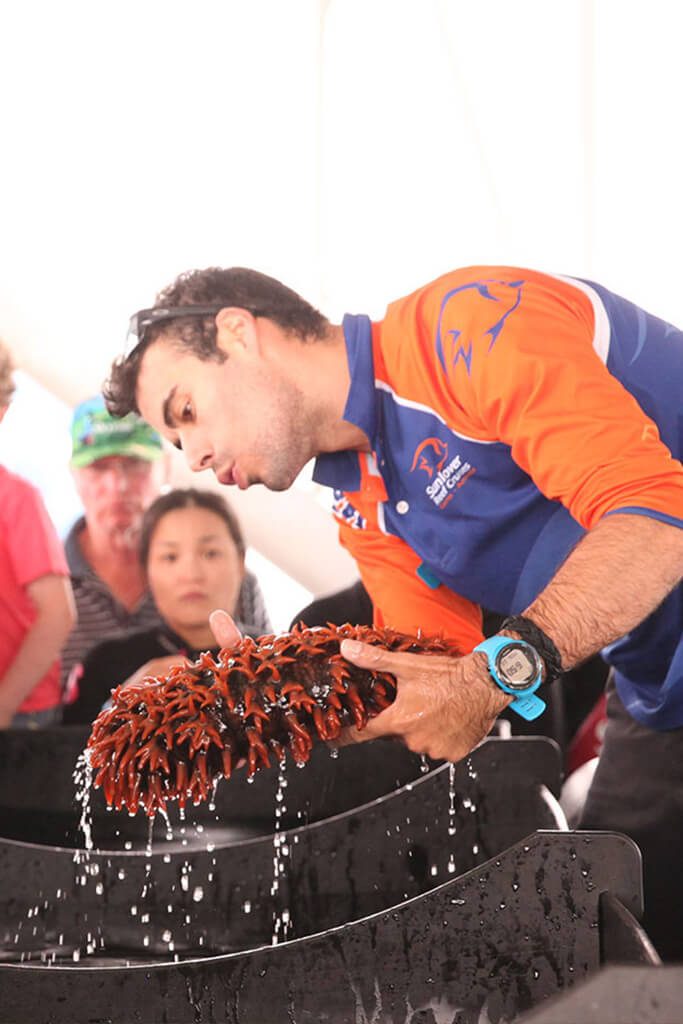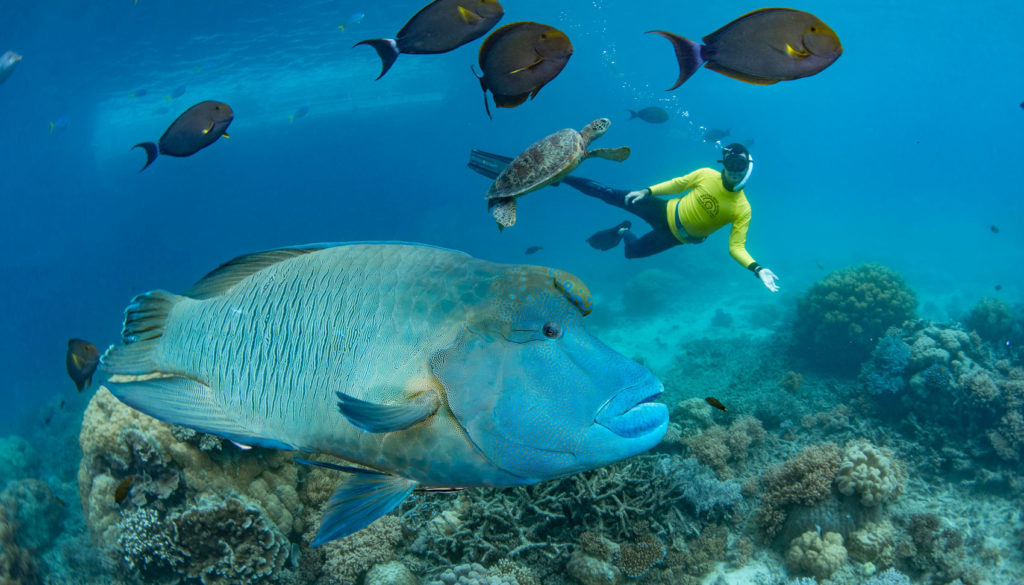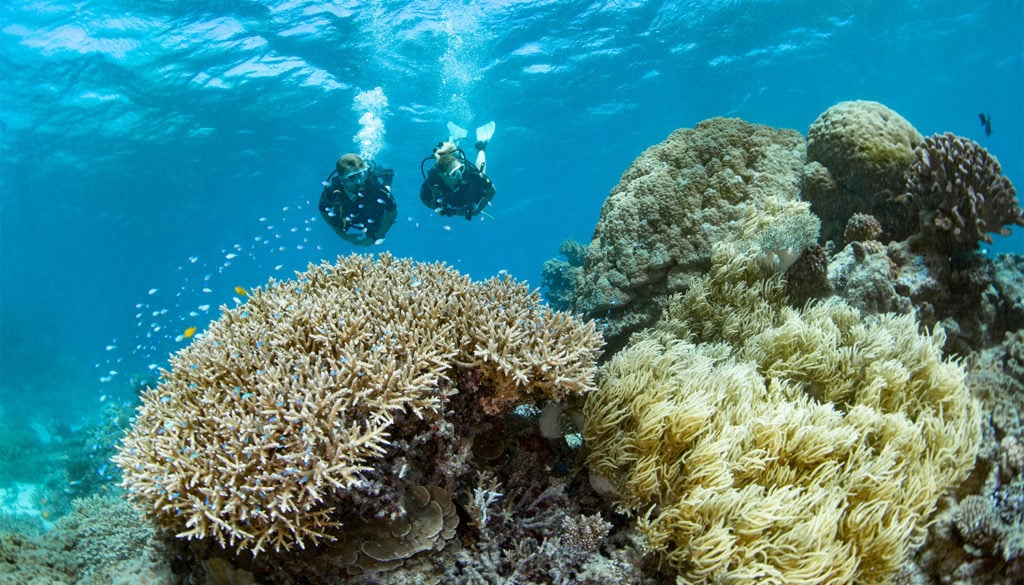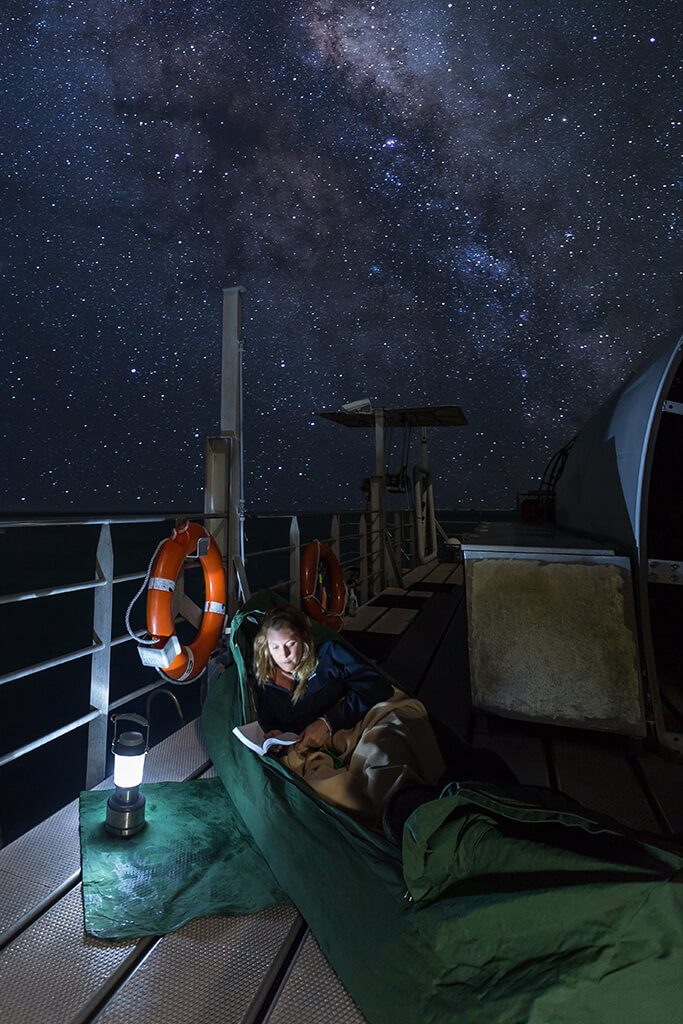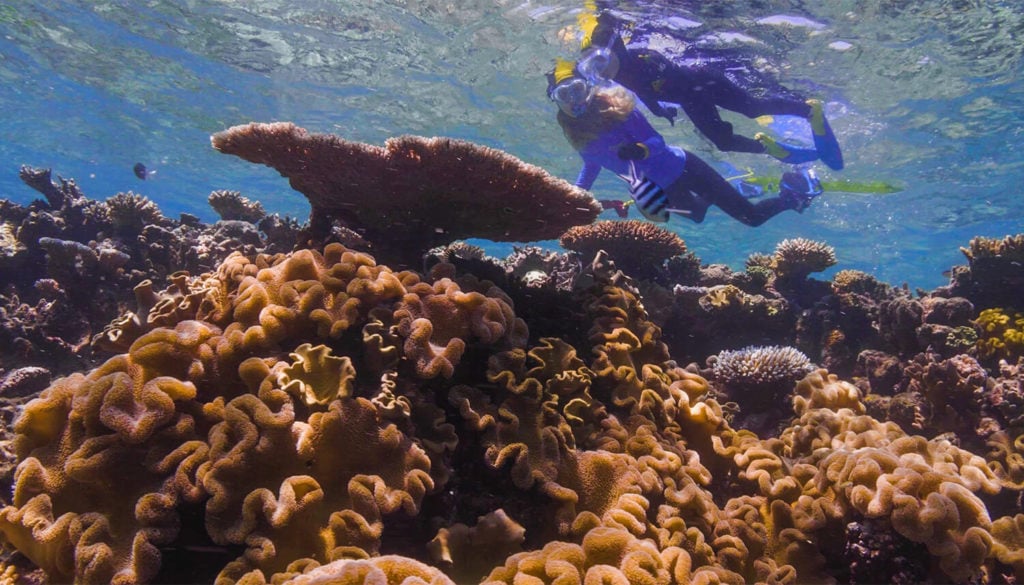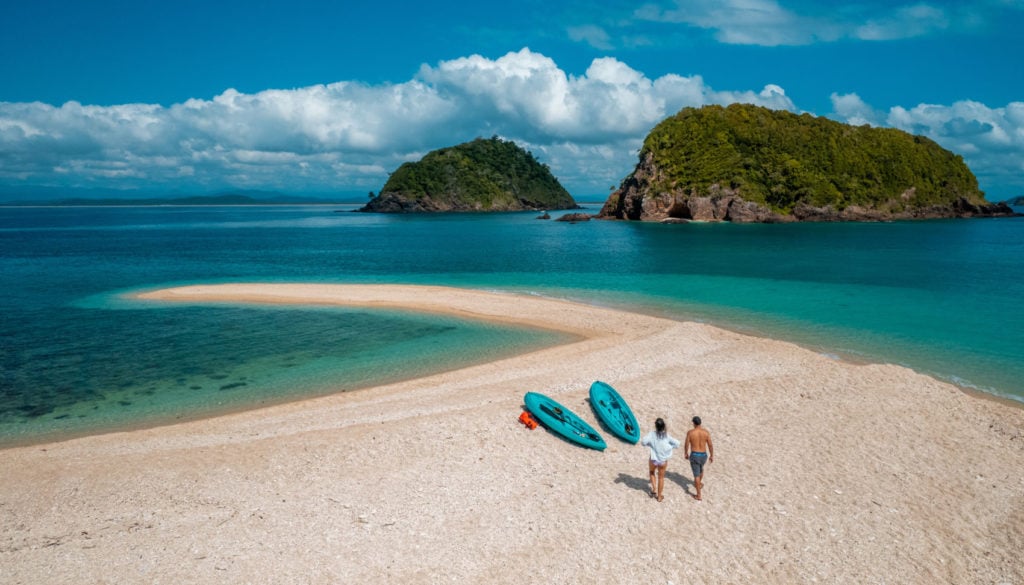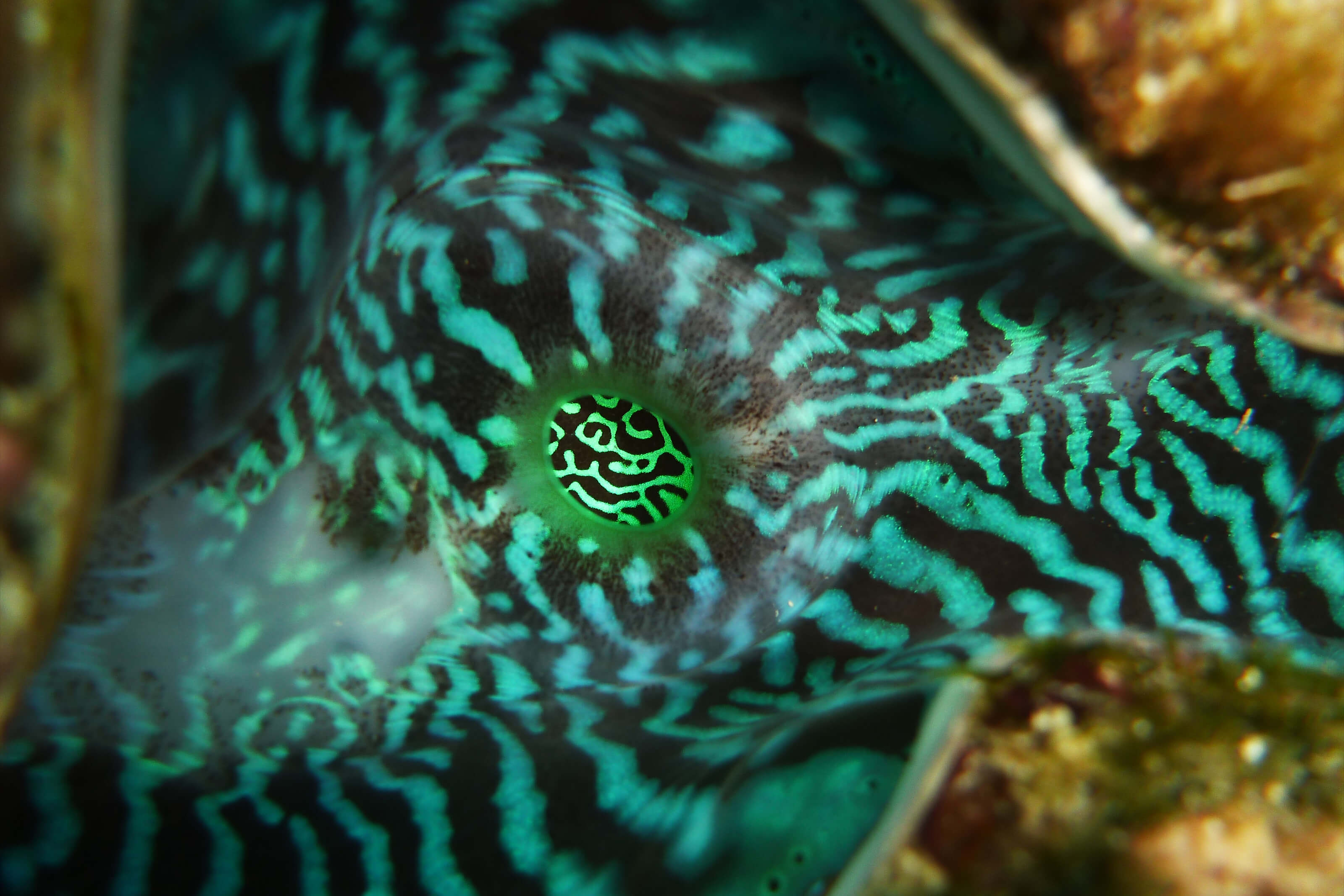TNQ Writer
There’s a sense of responsibility that comes when you’re visiting one of the world’s seven wonders; a calling to nurture nature. If leaving only footprints (or fin waves in this case) is high on your priority list, here are some ways you can help the Great Barrier Reef during your next holiday.
Come and visit
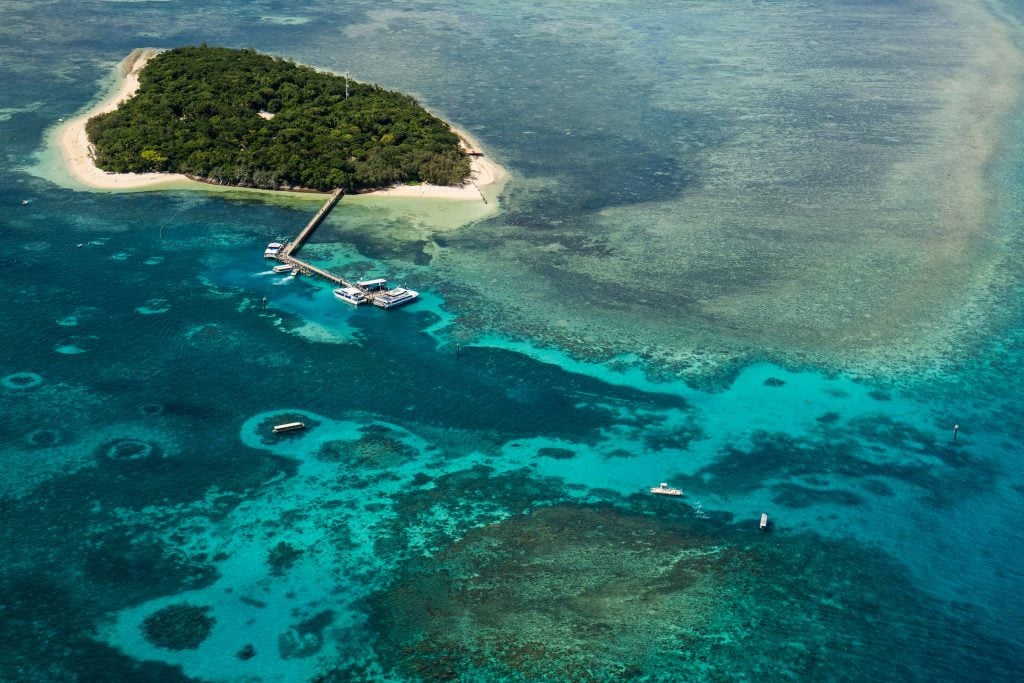
Come see for yourself why it's worth saving
Contrary to popular belief, coming to see the Great Barrier Reef is one of the single best ways you can help in its conservation. Every visitor to the reef pays an Environmental Management Charge which contributes to the day-to-day management of the Marine Park and funding the research that is improving its long-term resilience. This charge also helps contribute to the Great Barrier Reef status of the world’s best managed reef.
Furthermore, if you see it, you’ll truly value and appreciate it; the more of people that do that, the more the world values it and the more the world will do to protect it.
Be a Marine Biologist for a Day
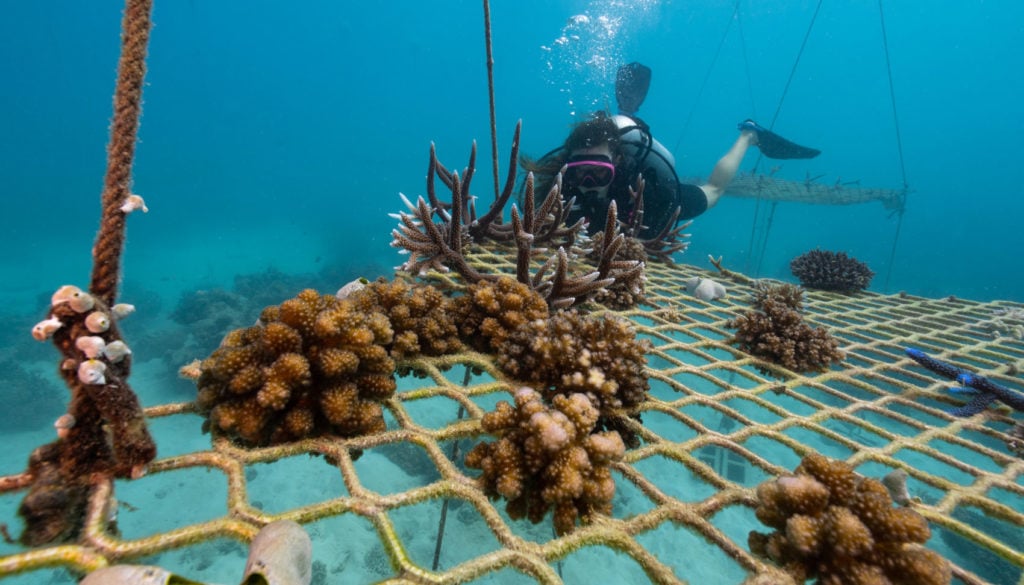
Observe coral planting on Passion of Paradise's Marine Biologist For a Day program
Fancy joining a team of conservationists to physically contribute to reef conservation? Look no further than Passions of Paradise’s Marine Biologist For a Day program, a Citizen Science project that will see you directly contributing to reef conservation projects.
Confident snorkellers can assist conservationists in completing a Rapid Monitoring Survey for the Marine Park Authority to assess the health of the reef. Reef education is also on the cards, as the Master Reef Guide will help them to identify the types of fish and coral that they see.
Certified divers can get a piece of the reef restoration action by watching coral planting on a coral nursery or directly onto the reef itself.
Plant a coral by joining the Coral Nurture Program
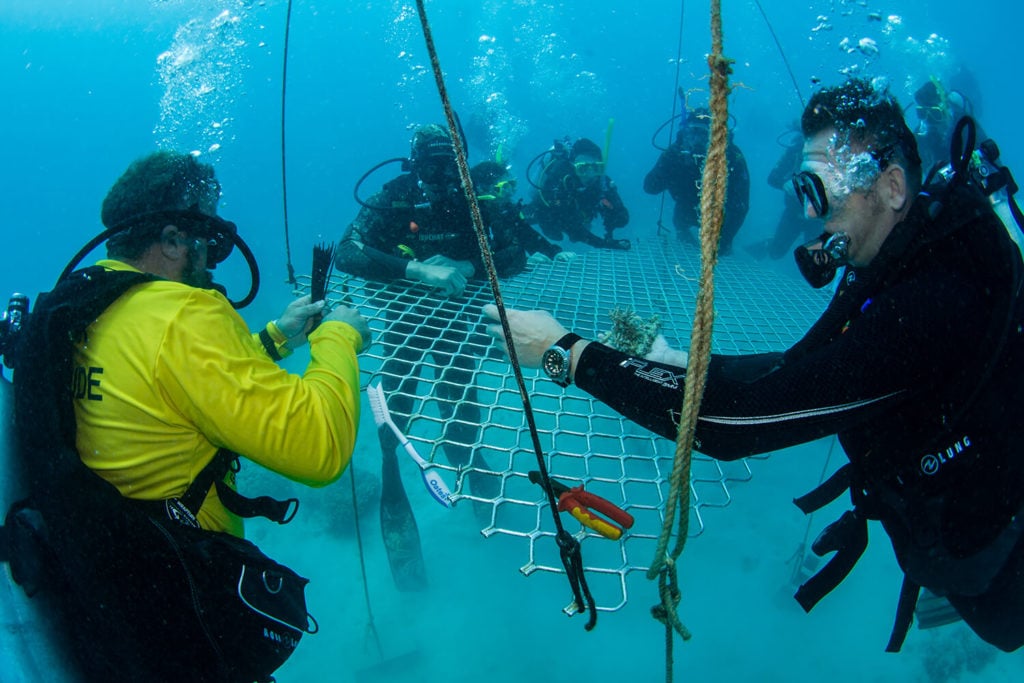
The Coral Nurture Program uses the skills of tourism operators to help coral recovery
Just as they did in the bid to have the World Heritage area declared, science and tourism have joined forces for the next wave of reef management in the form of the Coral Nurture Program.
While some conservation efforts are by scientists for science, the Coral Nurture Program uses the skills of tourism personnel who work on the reef to collect broken coral fragments, attach them to underwater frames where they will grow faster and then out-plant them on the reef.
Reef operators Quicksilver, Sailaway, Passions of Paradise, Wavelength and Ocean Free & Ocean Freedom participate in the program, helping to boost the reef’s rapid recovery.
Adopt a coral with the Reef Restoration Foundation
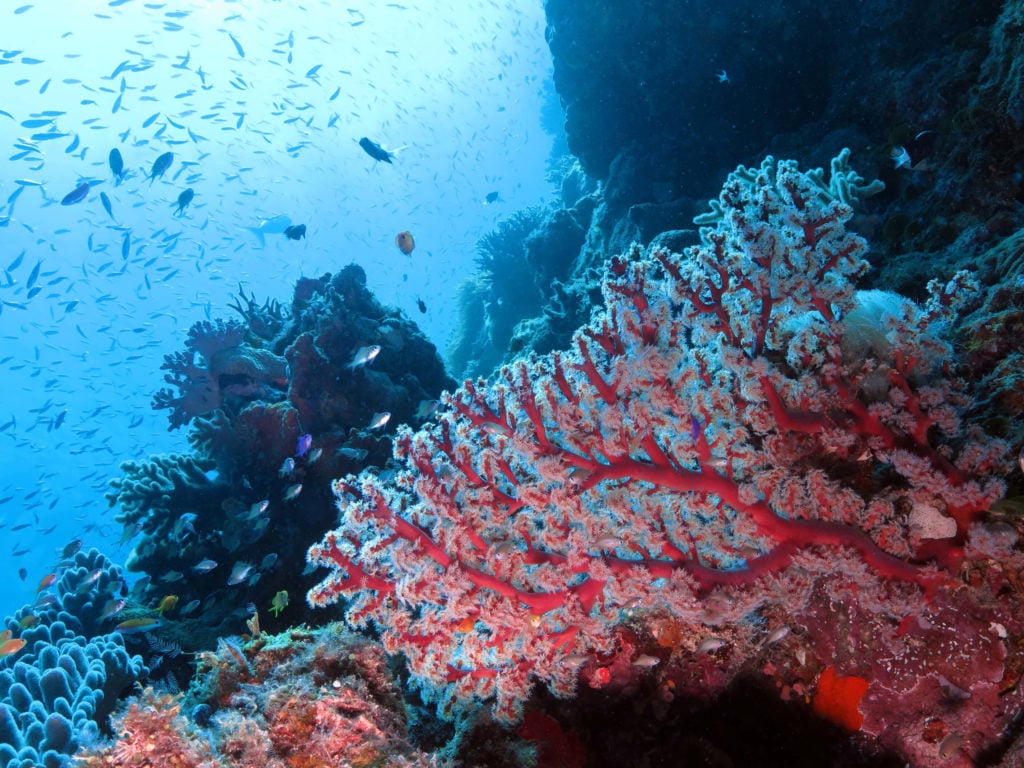
Adopt a coral and help support coral growth on the Great Barrier Reef
People have been adopting pandas for decades, but for the first time in Australian history you can now adopt a coral. The Reef Restoration Foundation’s program sees coral grow in an underwater nursery, from tiny finger-sized babies to large-scale coral colonies.
For as little as $50 you can join the coral crusade and adopt a coral (or store this idea away for that friend who is impossible to buy for). Got a bit more cash to splash? Up the ante with a coral branch, coral tree or sponsor a whole nursery, comprised of 10 coral trees.
The team are on a mission to plant 25,000 new corals on the Great Barrier Reef by 2021, in one of the most sustainable ways to encourage coral populations to flourish. After 6-12 months of growing under the tender love and care of scientists and volunteers, the coral grafts from the nursery are re-attached to the reef to spend the rest of their days.
See the reef with a Master Reef Guide
Learn more about Master Reef Guides
You need a guide to truly understand and appreciate the complexity of the Great Barrier Reef. The Master Reef Guides is a program to support the next level of reef ambassador, who earn their title by being endorsed by the Great Barrier Reef Marine Park Authority, Association of Marine Park Tourism Operators and Tourism and Events Queensland as experts in story sharing.
It’s no swim in the (marine) park to earn the status – you have to undergo formal training and be considered the best in reef interpretations, storytelling and experience delivery.
When you tour with a certified Master Guide, you know you’re in the best possible hands. And good news for visitors, you’ll find them on board most reef experiences – just keep an eye out for the guide wearing the shirt emblazoned with Master Reef Guide.
Have your own Australian Geographic inspired experience on the reef
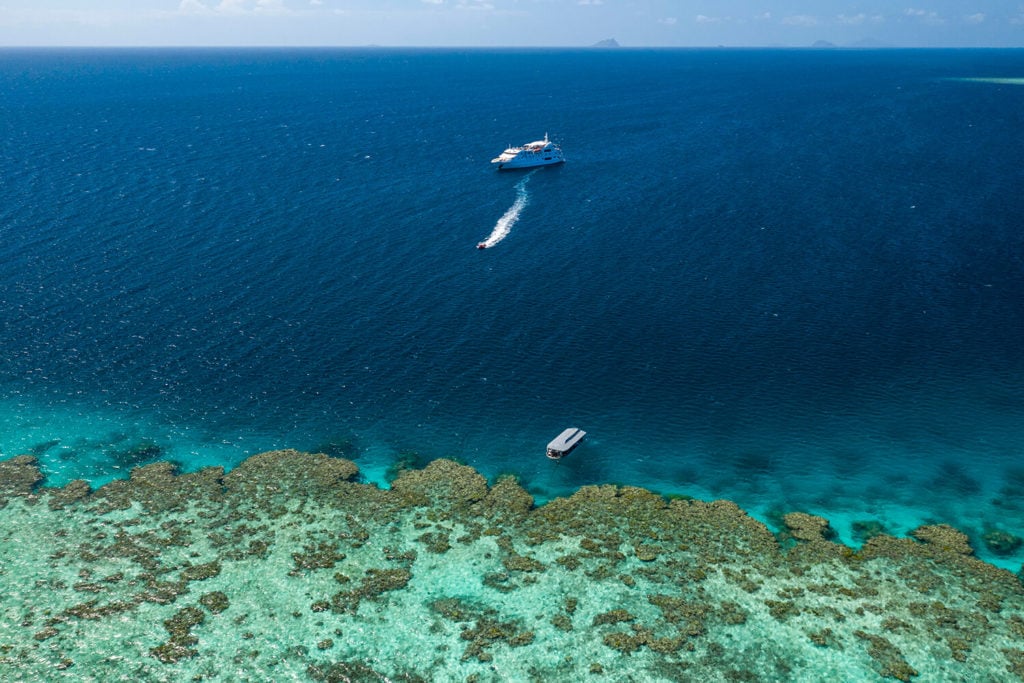
Join Coral Expeditions for a tour of the outer reef
For a truly off–the–beaten–path adventure, join Coral Expeditions for a fourteen night immersive scientific expedition to some of the most remote outer reefs, wildlife habitats and cays.
The trip is in partnership with Australian Geographic and includes a myriad of opportunities to be involved in marine conservation work and programs, including biodiversity databases, wildlife rehabilitation and coral science. Connect with the on-board community of just 66 guests and researchers, including guest lecturer Adam Smith of Reef Ecologic and Master Reef Guide Katie Tuesley.
Learn about marine conservation at the Turtle Rehabilitation Centre on Fitzroy Island, meet with scientific researchers at Lizard Island Research Centre, contribute research to BirdLife Australia and contribute to programs including Eye on the Reef, GBRMPA Sightings Network, Coral Watch and Mangrove Watch.
This is a one-off Citizen Science themed expedition, so you’ll want to get in early to reserve your spot.
Visit the Cairns Aquarium
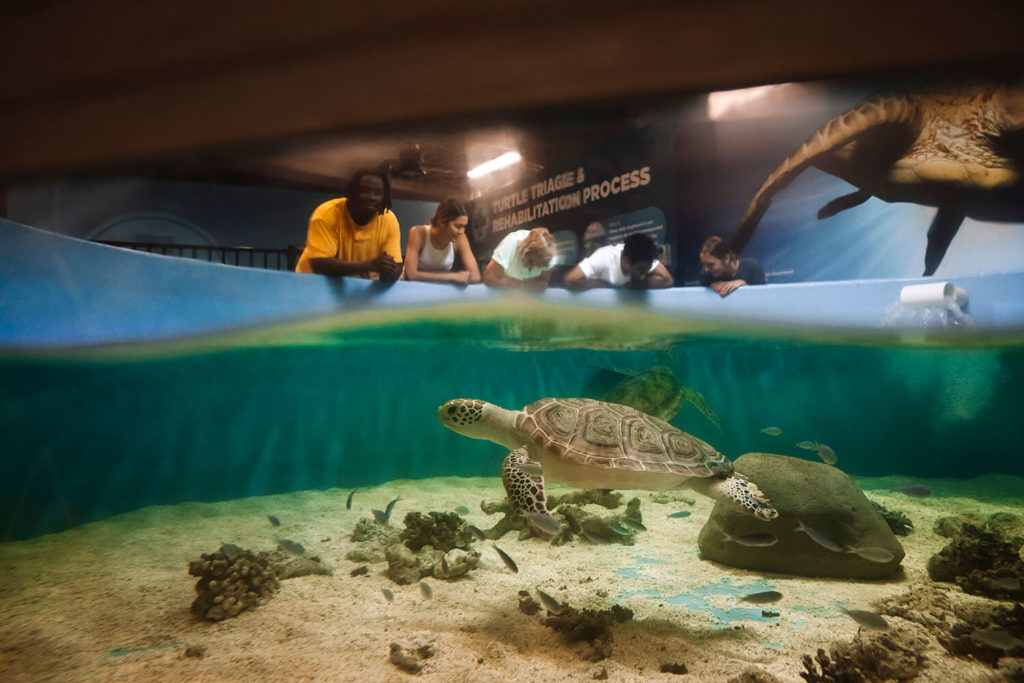
Learn how to protect sea turtles at the Cairns Aquarium
Not all reef experiences are on the water. On dry land, you can visit the Cairns Aquarium, which is dedicated to the conservation of flora and fauna in the Wet Tropics Rainforest and the Great Barrier Reef. The educational attraction aims to foster a culture of sustainability and after your visit, you are likely to become an environmental steward for these unique ecosystems.
Learn about the protection of Australian sea turtles with a visit to the on-site Cairns Turtle Rehabilitation Centre. 100% of proceeds from the tour go towards caring for the turtles and are used for food, medicine, veterinary care and operating costs.
Learn about the reef from the original custodians of the World Heritage-listed wonder
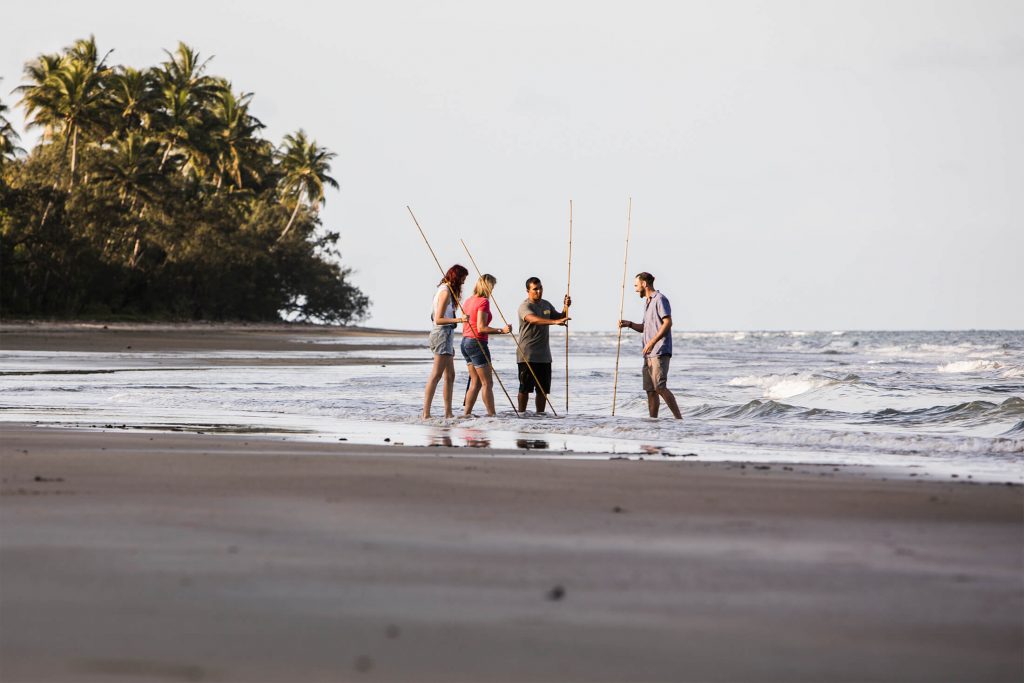
Discover coastal and rainforest habitats with Walkabout Cultural Adventures
Discover coastal and rainforest habitats with Walkabout Cultural Adventures
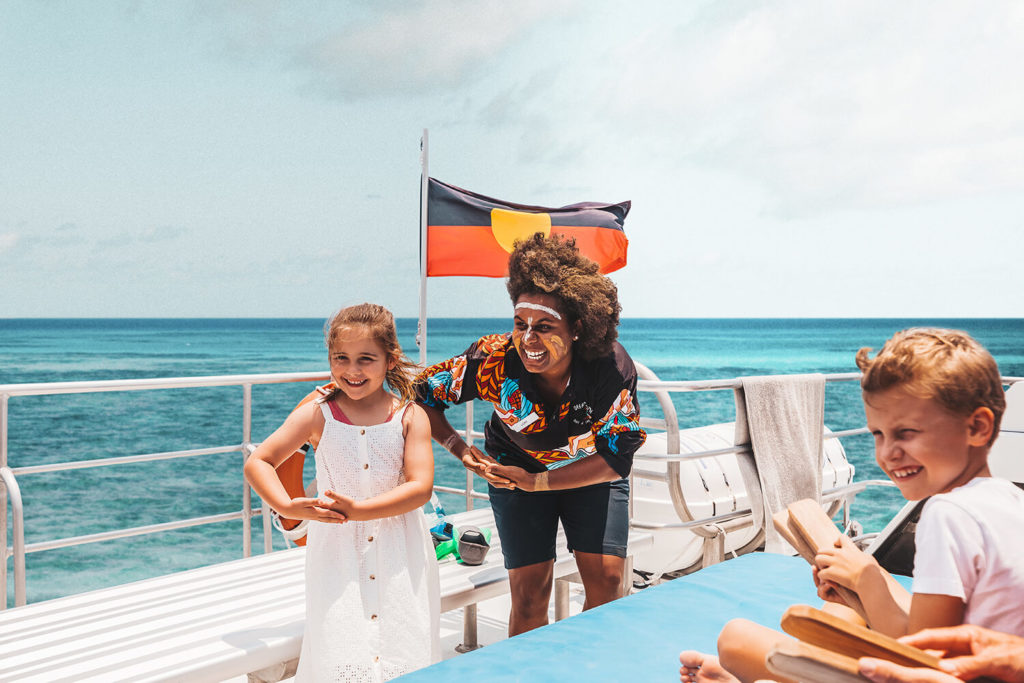
Uncover the culture of the Traditional Custodians with personal interpretation by local Indigenous rangers on Dreamtime Dive & Snorkel
Uncover the culture of the Traditional Custodians with personal interpretation by local Indigenous rangers on Dreamtime Dive & Snorkel
Who better to learn about the importance of the reef than its first guardians, the Indigenous Traditional Custodians?
Join Juan Walker from Walkabout Cultural Adventures, for a full or half day tour through Kuku Yalanji country, to discover the cultural connection with land and sea. On the tour you’ll learn firsthand about sustainable hunting practices as you explore one of the reef’s most important ecosystems – the mangroves that support it.
For a different take on reef and rainforest, join Dreamtime Dive & Snorkel to discover two outer reef sites with guided interpretation from indigenous sea rangers.
Book a tour knowing your trip is being carbon offset
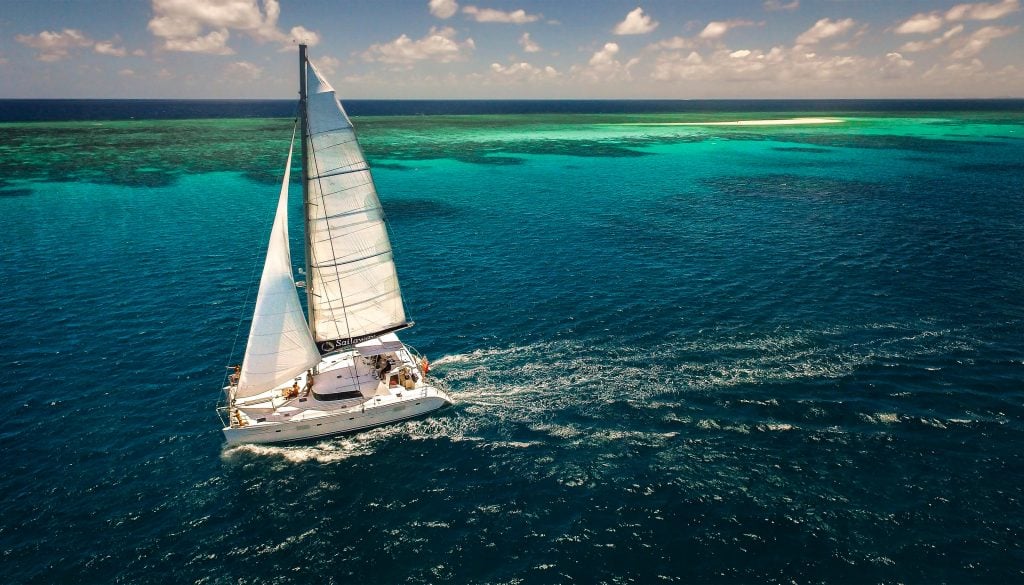
You can sail easy knowing your trip is entirely carbon neutral
You can sail easy knowing your trip is entirely carbon neutral
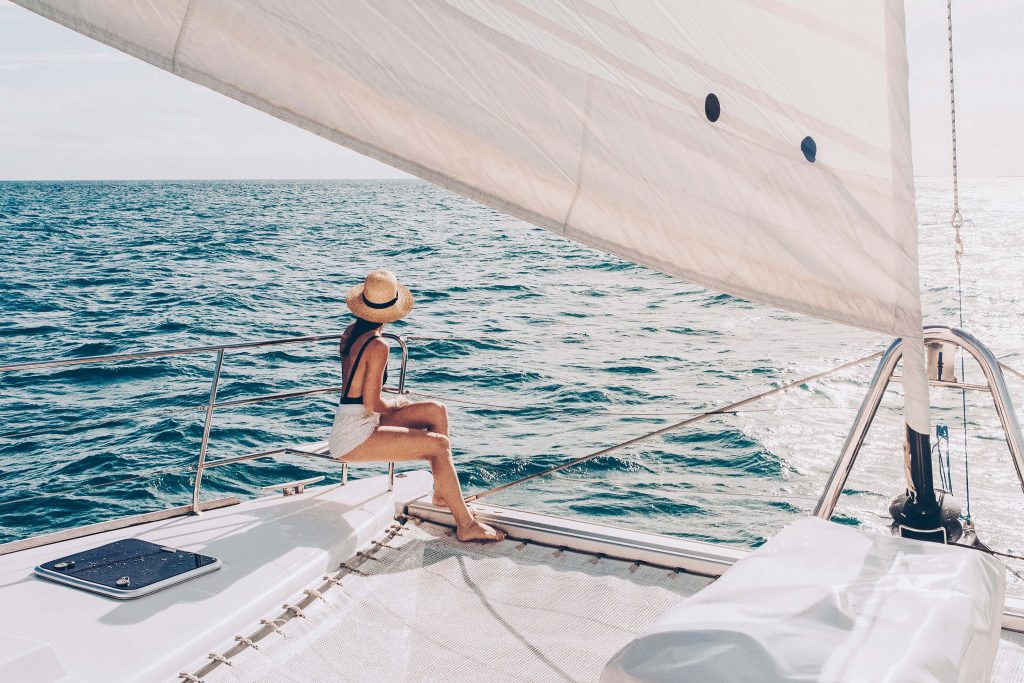
Sailaway has taken carbon offsetting into their own hands with a tree farm
Sailaway has taken carbon offsetting into their own hands with a tree farm
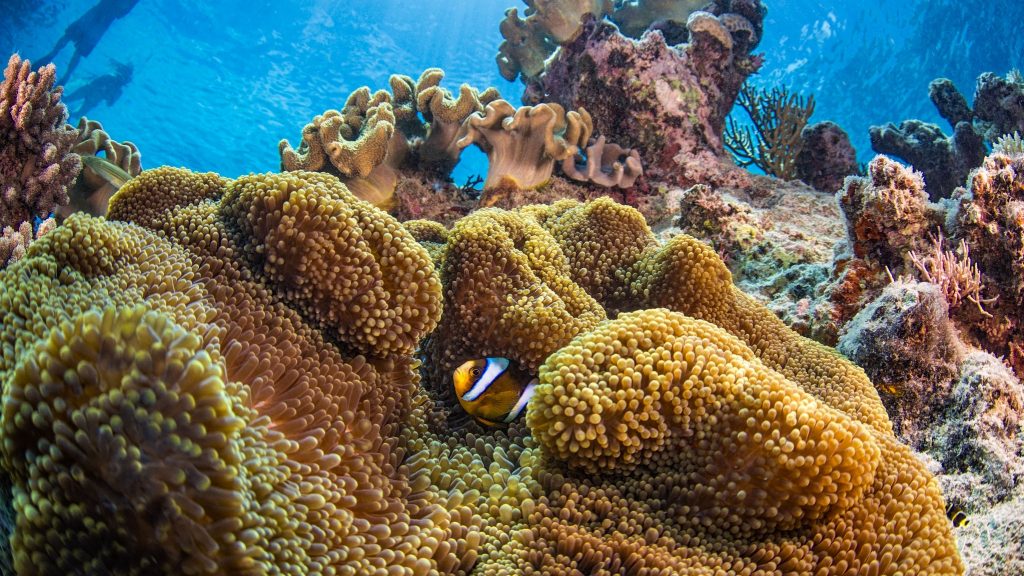
Passions of Paradise help plant more than 1200 trees in the Daintree Rainforest every year to offset their reef tour’s carbon emissions
Passions of Paradise help plant more than 1200 trees in the Daintree Rainforest every year to offset their reef tour’s carbon emissions
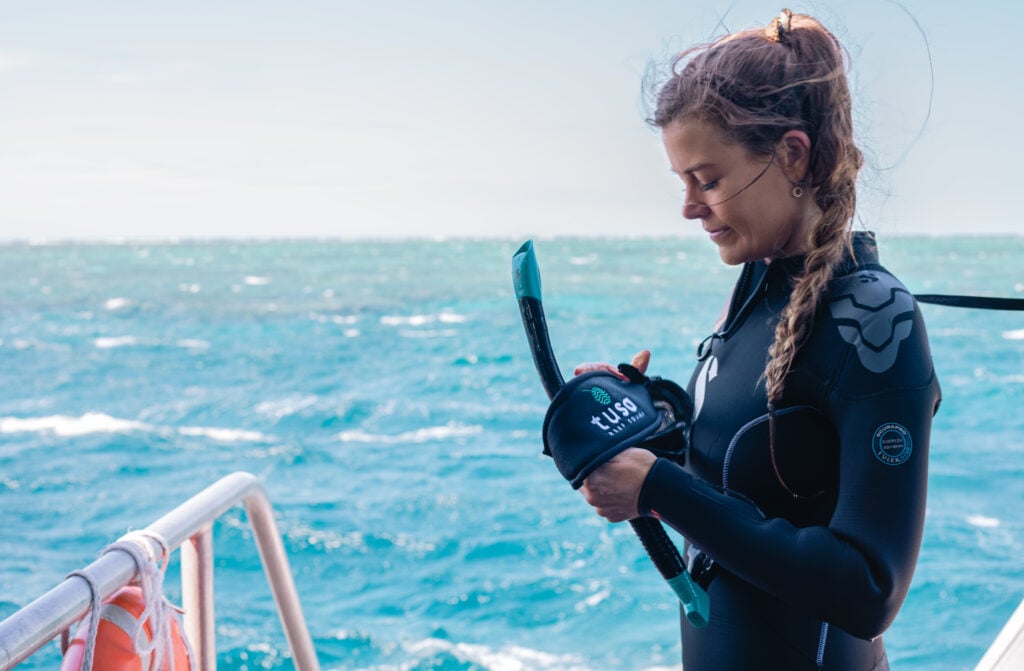
Sailaway has taken carbon offsetting into their own hands, establishing a 27–hectare tree farm in Port Douglas. In return for every passenger onboard one of their reef cruises, Sailaway contributes $20 of the price to re-vegetate this ex–cane paddock. You can snorkel easy knowing your trip is entirely carbon neutral – onboard a vessel that’s undoubtably the most sustainable way to see the Great Barrier Reef, a sailboat.
For more sustainable snorkelling and diving on the Great Barrier Reef, join Passions of Paradise who similarly help plant more than 1200 trees in the Daintree Rainforest every year to offset their reef tour’s carbon emissions.
Join Tusa for a sustainable day on the Reef. They are dedicated to reducing its marine environmental footprint through low-impact diving practices, such as refraining from dropping anchors on the reef, recycling all possible waste, using plant based wetsuits, and providing guests with information on responsible diving and environmental conservation.
Save a life at the Cairns Turtle Rehabilitation Centre
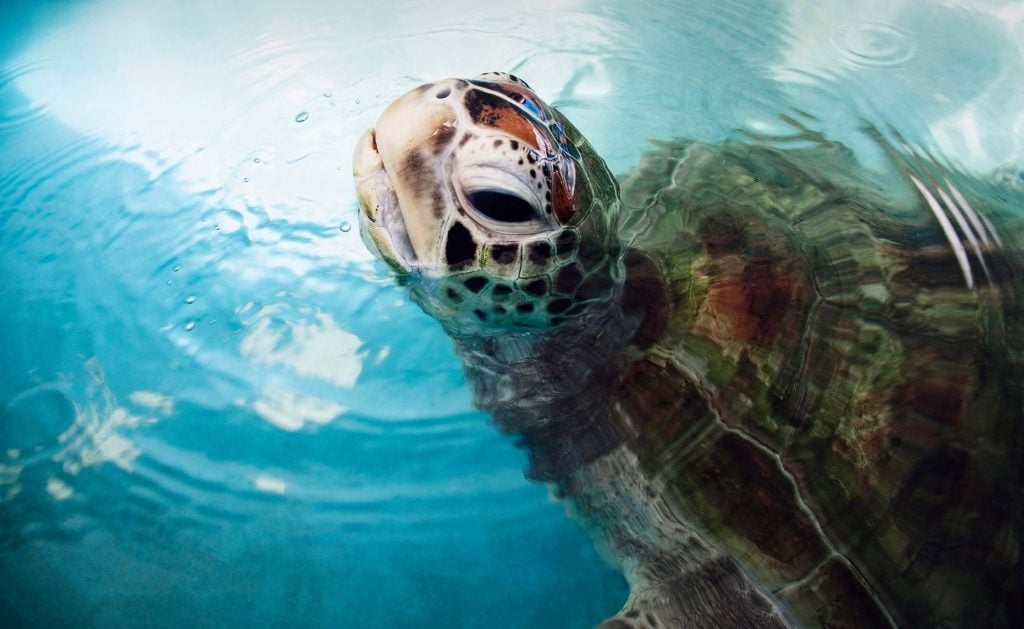
Pay a visit to the CTRC and learn about the plight of Sea Turtles
If you like to holiday with a heart, sit up and pay attention – there’s plenty you can do to save a turtle’s life. To find out how, pay a visit the Cairns Turtle Rehabilitation Centre on Fitzroy Island, whose mission is to rescue, rehabilitate and research.
Its location, smack bang in the middle of the Great Barrier Reef, is no coincidence since the Great Barrier Reef is home to six of the world’s seven species of marine turtles. You can help their cause by volunteering or touring the complex, learning about the sea turtles plight and what actionable steps you can put into place, even at home, to help them.
Get to know reef with the Citizens of the Great Barrier Reef
Learn more about the Great Reef Census
If you thought the census only affected households every 10 years, think again. The Citizens of the Great Barrier Reef have designed The Great Reef Census for the world’s largest living organism to discover which of its reefs have been recently damaged and which have high levels of coral.
The premise is simple – knowledge is power – and when you know which parts of the Great Barrier Reef need management and which don’t, resources can be allocated to the right place. Anyone can participate in contributing to the coral census open source data. Even if you’re not on the reef, you can still take part in the Great Reef Census digitally by helping to analyse reef images coming back. By becoming a reef citizen scientist, you can drive real action to protect this iconic ecosystem from wherever you are in the world.
You can also join up as Citizen of the Great Barrier Reef and see what else they’re up to.
Contribute to Eye on the Reef program
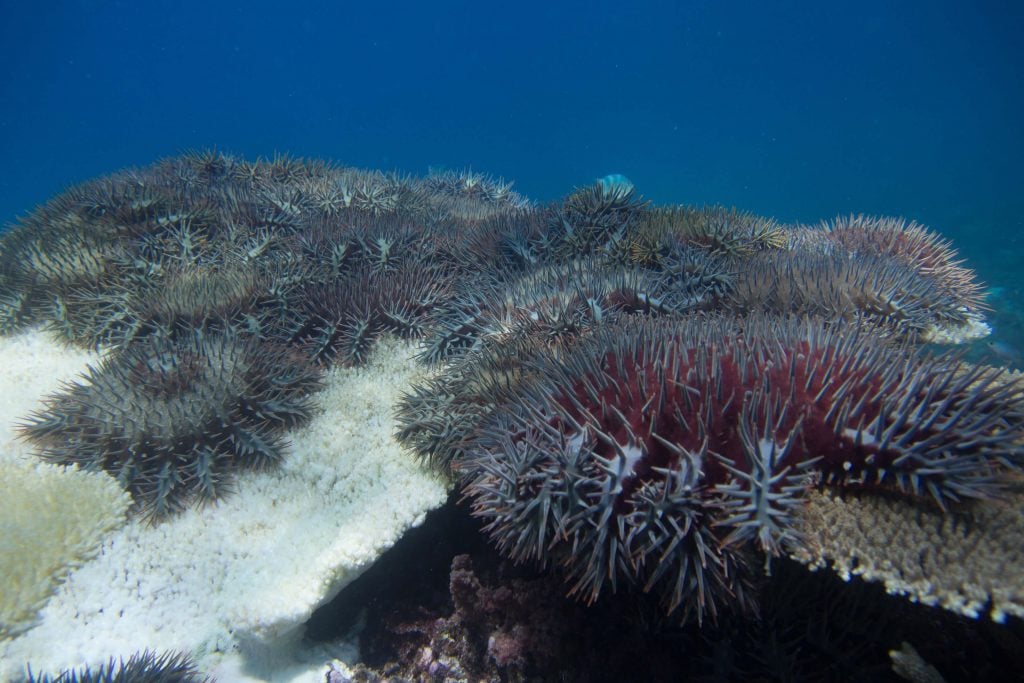
Crown-of-thorns starfish
Run by Great Barrier Reef Marine Park Authority (GBRMPA), Eye on the Reef relies on the input of day-trippers, tourists, fishers, rangers, researchers and scientists alike to gather information on reef health, marine animals and incidents for the reef’s long-term protection. Anyone can contribute to this program via an easy to use app that allows you to share photos and information of what you’ve seen on the reef including wildlife spotted, Crown-of-thorns starfish, pollution or coral spawning. All data collected allows GBRMPA to keep up to date with information on reef health status and trends, species distribution and early warnings of environmental impacts.
For those more skilled in the marine space, the program also runs a variety of surveys, including the Rapid Monitoring Survey, which asks contributors to use an underwater monitoring slate for more in-depth data collection.
Attend a beach clean-up
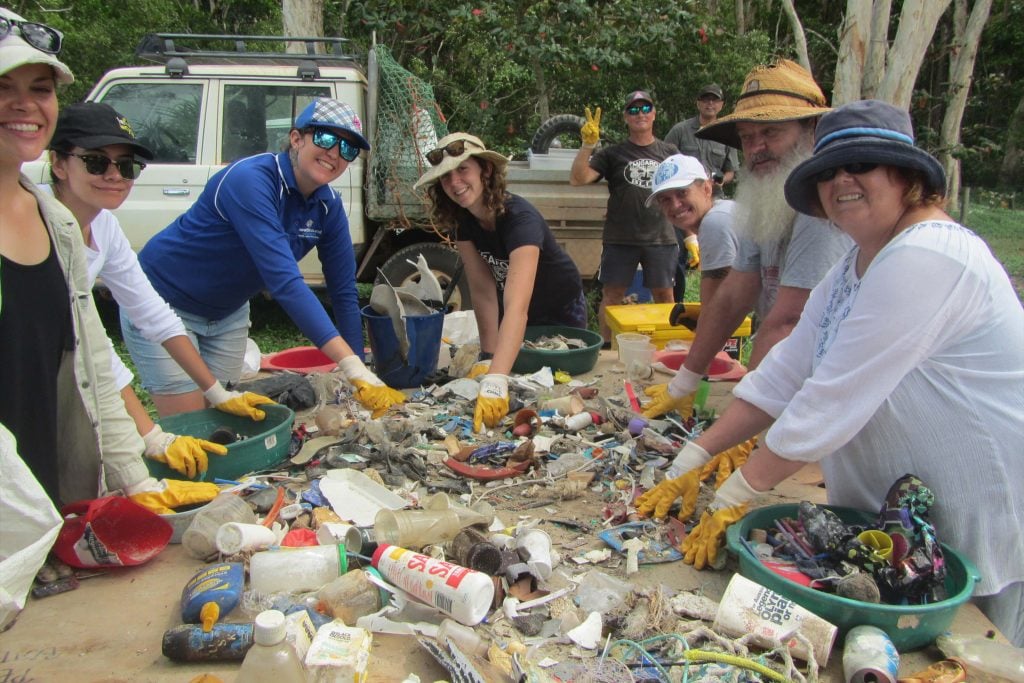
Volunteers help remove litter from beaches
Volunteers help remove litter from beaches
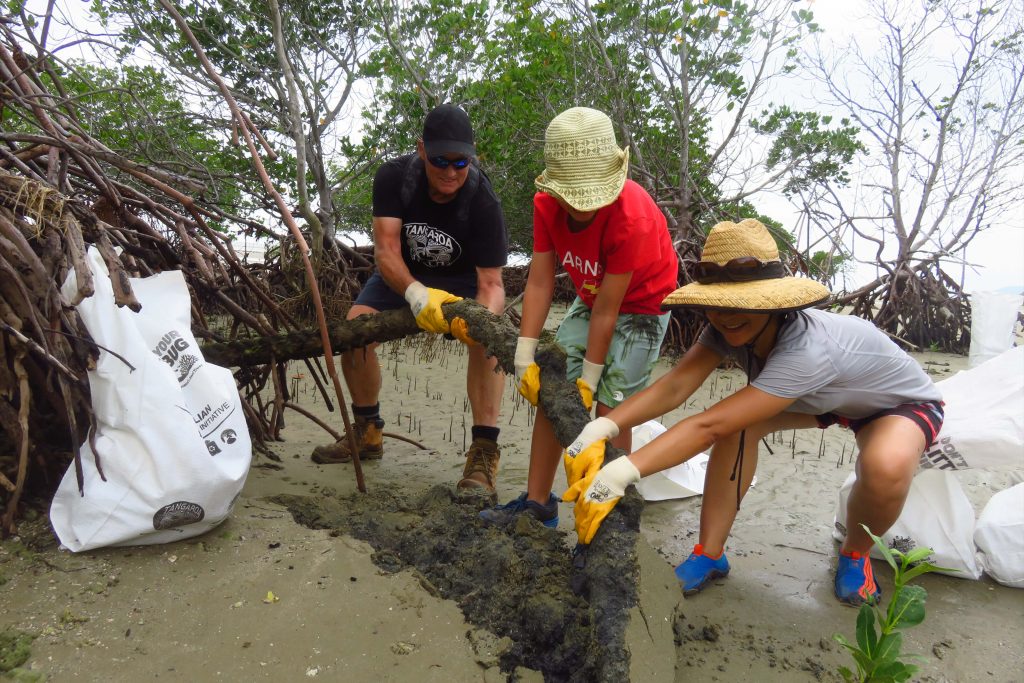
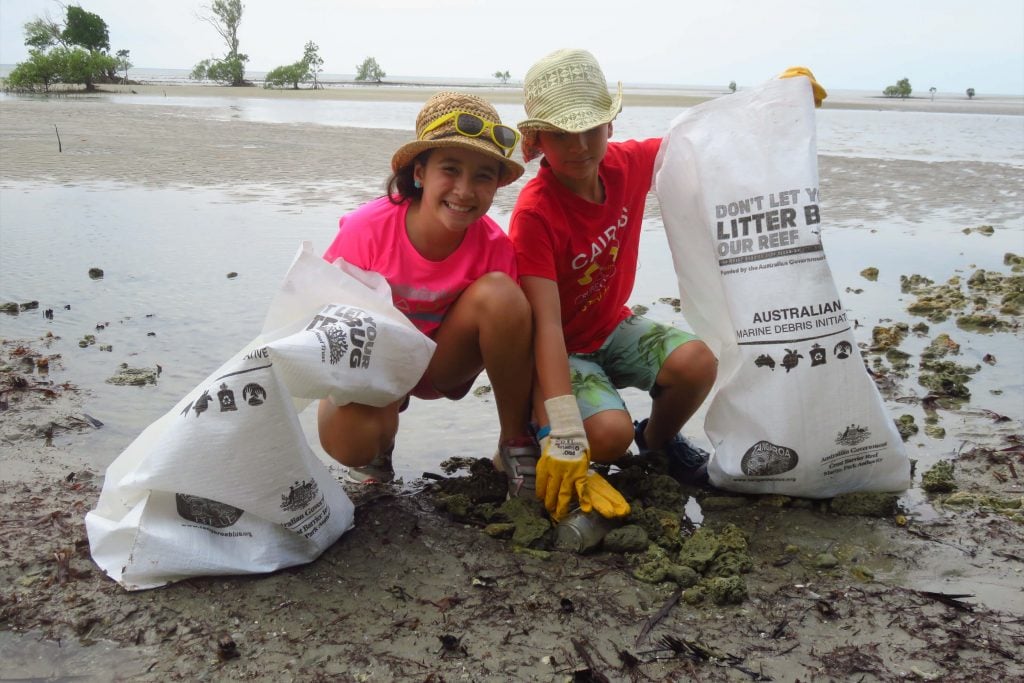
Did you know that plastic can make coral 20 times more susceptible to disease? Tangaroa Blue Foundation is dedicated to the removal and prevention of marine debris under their Australian Marine Debris Initiative (AMDI). AMDI is an on-ground network of volunteers, communities and organisations that contribute data from rubbish collected during beach and river clean-up events to the AMDI Database, and then work on solutions to stop the flow of litter at the source.
Tangaroa Blue Foundation organise beach clean-ups around Australia and help communities care for their coastal environment through providing resources and support programs. Carpooling options to participate are usually available from Cairns and Port Douglas to areas including Cape Kimberley Mapoon and Chilli Beach.
You can also volunteer for a beach clean-up with Parley Australia.
Looking for more ways you can help the Great Barrier Reef?
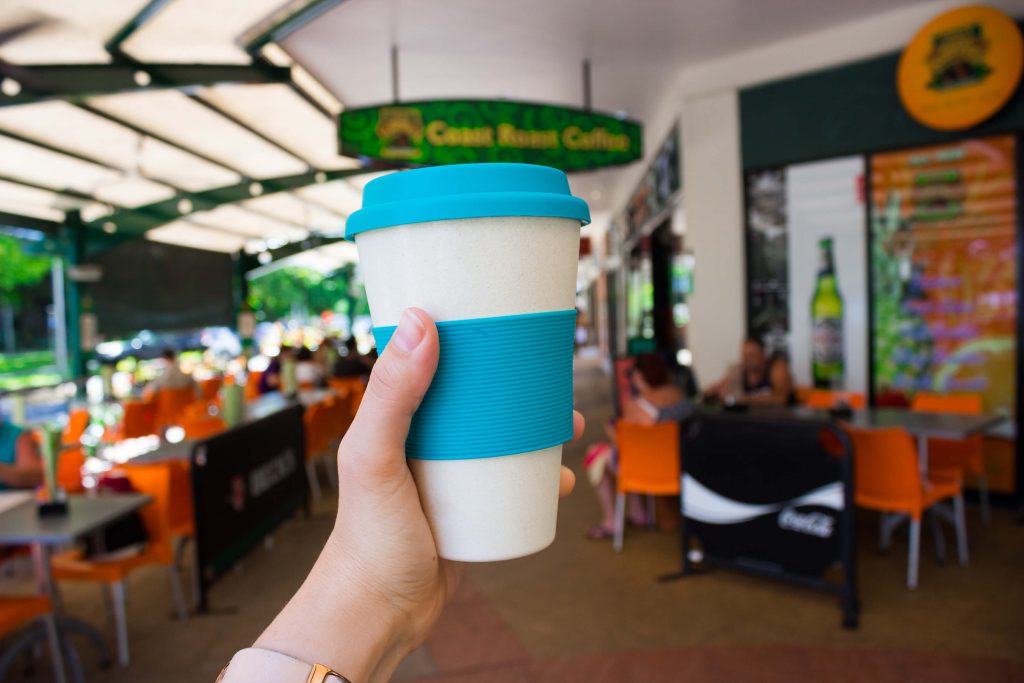
Did you know that your takeaway coffee cup is not recyclable? Helping the reef can be as simple as buying a reusable cup
Throughout the region you’ll find passionate people who care about the precious natural environments of Tropical North Queensland.
A vast number of operators – both on the reef and off – hold Eco certification and are doing their part to conserve these World Heritage wonders.
While you’re in region, you might also like to help the Great Barrier Reef with the following actions:
- Join Oceans 2 Earth volunteer programs
- Become a volunteer with the Great Barrier Reef Marine conservation volunteer program
- Only use reef-safe sunscreen and wear high SPF factor clothing where you can in place of sunscreen
- Pledge to give up plastic straws with Straw No More, the movement started in Cairns by 11 year old Molly Steer, to encourage schools and tuckshops to stop using straws
- Reduce your own carbon footprint with a few lifestyle adjustments – opt to cycle, walk or carpool to work, cut out single use plastics, plant an edible garden, join Meatless Monday, avoid packaged foods and/or reduce food waste.

